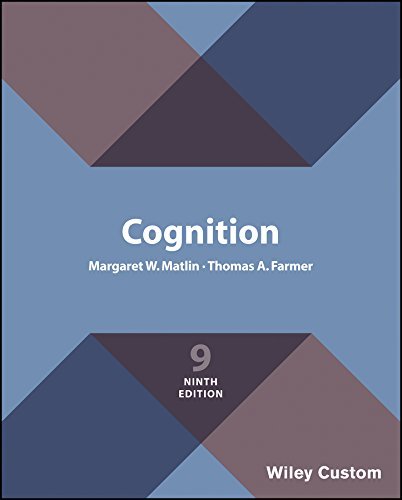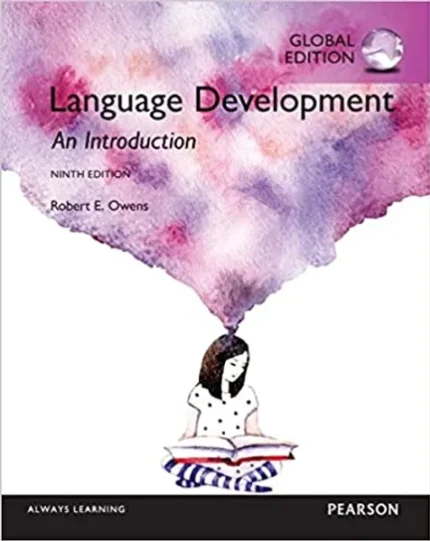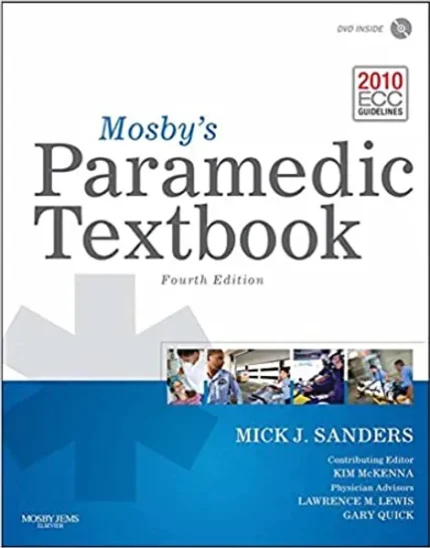Engineering Mechanics: Statics, SI Edition 14th Edition
Engineering Mechanics: Statics in SI Units 14th Edition by R.C. Hibbeler is a foundational textbook for students pursuing mechanical, civil, aeronautical, and structural engineering. This book provides an in-depth exploration of the fundamental principles of statics, offering clear explanations, step-by-step problem-solving strategies, and real-world engineering applications.
The 14th edition builds upon the success of previous versions, incorporating updated examples, revised problem sets, and modern engineering applications to enhance student comprehension. Whether you are a beginner in mechanics or an experienced engineer, this book offers valuable insights into statics concepts and their applications.
Key Topics Covered in Engineering Mechanics: Statics in SI Units 14th Edition
1. Introduction to Engineering Mechanics and Statics
The book begins with an introduction to engineering mechanics, emphasizing the importance of statics in various engineering disciplines. It explains basic concepts such as force, vector operations, and free-body diagrams, which are crucial for understanding statics problems.
2. Force Systems and Resultants
A major part of statics is understanding how forces act on objects. This book explains the principles of resultant forces, moment calculations, and vector algebra to simplify complex force systems.
3. Equilibrium of Particles and Rigid Bodies
Equilibrium is the core concept in statics. The book discusses conditions for equilibrium, Newton’s laws, and techniques for solving equilibrium problems in particles and rigid body systems. These concepts are illustrated through practical engineering applications, helping students grasp their significance.
4. Structural Analysis: Trusses, Frames, and Machines
Structural analysis is crucial in civil and mechanical engineering. The book provides detailed explanations on how to analyze statically determinate trusses, frames, and machines using the method of joints, method of sections, and graphical solutions.
5. Internal Forces and Stress Analysis
Internal forces play a critical role in structural integrity and safety. This chapter covers axial forces, shear forces, bending moments, and stress-strain relationships, which are essential in material mechanics and engineering design.
6. Friction and Applications
The study of frictional forces is essential for mechanical and civil engineers. The book provides a comprehensive discussion on static and kinetic friction, applications in mechanical systems, and frictional forces in belts, wedges, and screws.
Why Engineering Mechanics: Statics in SI Units 14th Edition is Essential for Students
- Clarity and Logical Presentation – The book follows a structured approach, ensuring that each topic flows naturally into the next, making complex concepts easy to understand.
- Step-by-Step Problem-Solving Techniques – Each chapter includes solved examples with detailed explanations, helping students develop strong problem-solving skills.
- Real-World Applications – Engineering mechanics concepts are illustrated using real-life case studies, helping students understand their practical significance.
- Comprehensive Practice Problems – The book provides an extensive set of practice problems at the end of each chapter, allowing students to apply their knowledge and test their understanding.
- SI Units for Global Relevance – This edition focuses on SI units, making it useful for international students and professionals.
Who Should Read This Book?
- Engineering Students – This book is a must-have resource for students studying mechanical, civil, structural, and aeronautical engineering.
- Engineering Professionals – Practicing engineers will find the book a valuable reference for problem-solving and understanding fundamental principles.
- Self-Learners and Researchers – Individuals interested in statics and engineering mechanics will benefit from the detailed explanations and real-world applications.
Conclusion
Engineering Mechanics: Statics in SI Units 14th Edition by Hibbeler remains one of the most trusted resources in engineering education. With its systematic approach, practical applications, and extensive problem-solving techniques, this book serves as an indispensable guide for students and professionals alike. Whether you are learning statics for the first time or need a comprehensive reference, this book offers the perfect balance of theory and practice.
you may like .https://natashabookstore.com/books/guidelines-for-risk-based-process/












Reviews
There are no reviews yet.